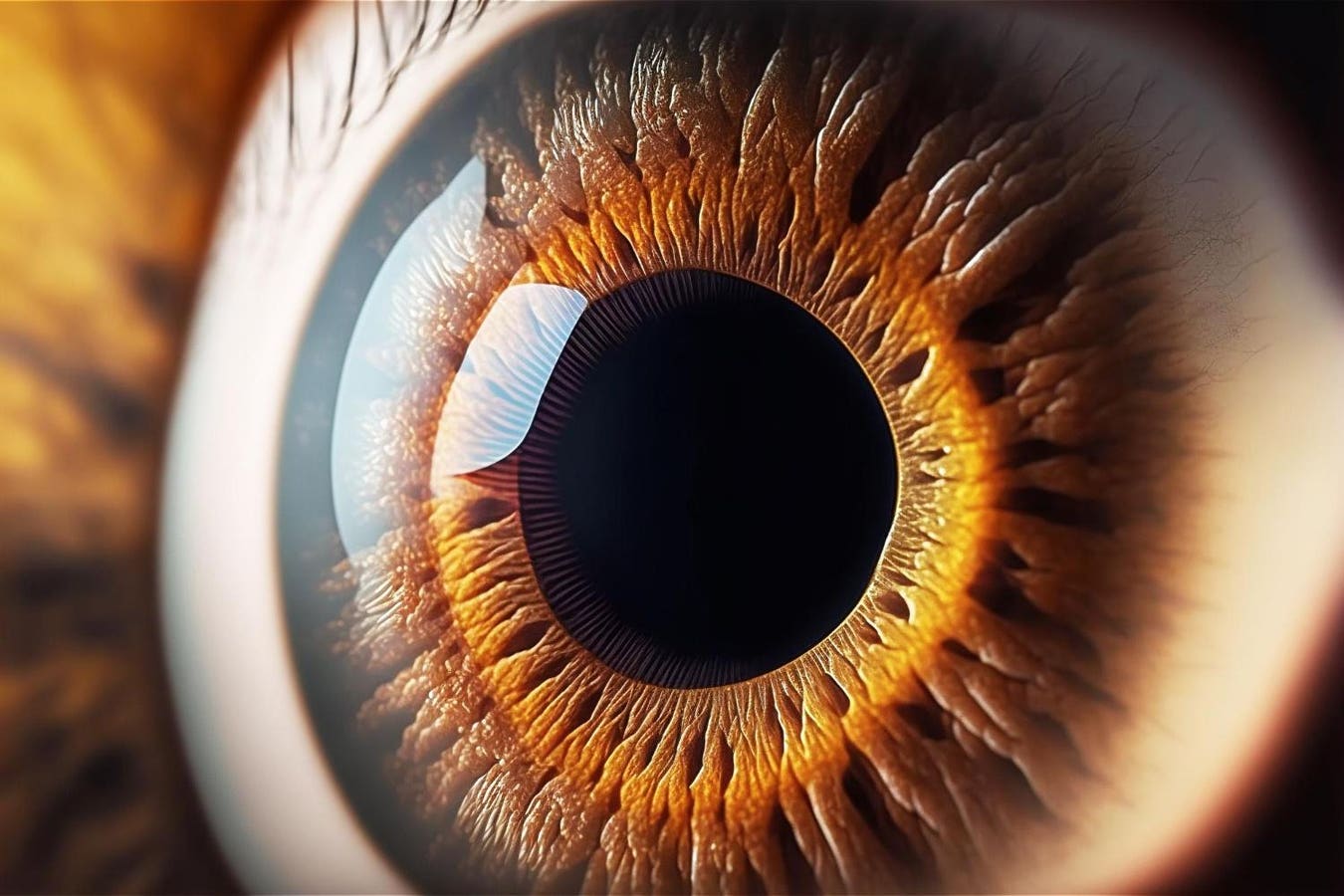This story is part of a series on the current progression in Regenerative Medicine. This piece is part of a series dedicated to the eye and improvements in restoring vision.
In 1999, I defined regenerative medicine as the collection of interventions that restore tissues and organs damaged by disease, injured by trauma, or worn by time to normal function. I include a full spectrum of chemical, gene, and protein-based medicines, cell-based therapies, and biomechanical interventions that achieve that goal.
Imagine waking up in the morning with hazy vision or feeling as if there is a film over your eye. This is a reality for patients with corneal endothelial cell disorders, such as Fuchs’s endothelial corneal dystrophy and bullous keratopathy. These conditions are associated with corneal edema, resulting in corneal haziness, decreased vision, and potential blindness.
The recent development of cell therapies has shown promise in treating these conditions. One approach involves the injection of cultured human corneal endothelial cells supplemented with a rho-associated protein kinase (ROCK) inhibitor, which has yielded positive results in small clinical trials.
What are Corneal Endothelial Cell Disorders?
The corneal endothelium is a thin layer of cells that forms the inner lining of the cornea. A human eye has approximately 7500 endothelial cells per square millimeter. These cells play a crucial role in regulating the hydration of the cornea, which helps maintain its transparency. Any defects in these cells can lead to fluid accumulation within the corneal stroma, causing corneal opacity and reduced visual acuity. These defects are known as corneal endothelial cell disorders, which can cause corneal edema and vision problems.
The most common corneal endothelial cell disorders include Fuchs’s endothelial corneal dystrophy, bullous keratopathy, pseudophakic bullous keratopathy, and pseudoexfoliation syndrome keratopathy. These disorders can be caused by age-related changes, trauma, inflammation, and genetics.
Traditional Treatments for Corneal Cell Disorders
Corneal endothelial cell disorders have traditionally been treated through corneal transplantation. The process involves surgically removing damaged or non-functional corneal endothelial cells from the recipient’s cornea and transplanting donor corneal endothelial cells to replace them. However, this procedure can be technically challenging and has a high risk of rejection by the recipient’s immune system. Additionally, there is a distinct shortage of available donors.
More recently, cell therapies have emerged as an alternative approach to restoring corneal transparency and improving visual outcomes for patients with these disorders. Cell therapies involve transplanting healthy cells into the cornea and regenerating and replacing damaged or dysfunctional cells. Unlike traditional corneal transplantation, cell therapies do not return the entire cornea, only the damaged or non-functional cells. This makes the procedure less invasive and reduces the risk of rejection.
One of the critical advantages of cell therapies is that they can be tailored to the individual patient’s needs. Cells can be harvested from the patient’s body, cultured in the laboratory, and then transplanted back into the patient’s cornea. This reduces the risk of rejection and eliminates the need for immunosuppressive drugs, which may have side effects.
A ROCK Inhibitor for Corneal Endothelial Cell Disorders
A promising approach to cell therapy for corneal endothelial cell disorders is injecting human corneal endothelial cells supplemented with an ROCK inhibitor. In a recent study, this approach increased cell density after 24 weeks in 11 persons with bullous keratopathy. Following treatment, all participants achieved a corneal endothelial cell density of more than 500 cells per square millimeter, with ten eyes having a density exceeding 1000 cells per square millimeter. Additionally, 91% of treated eyes achieved a corneal thickness of less than 630 μm, and 82% showed an improvement in visual acuity of two lines or more.
By replenishing the density of healthy endothelial cells, these therapies offer the possibility of restoring corneal transparency and improving visual outcomes. Furthermore, since these cell therapies eliminate the need for corneal transplantation, they can reduce the risk of graft rejection and decrease the technical complexity.
The study does not provide detailed information on the long-term outcomes and complications associated with injected cultured CEC therapy. However, other ongoing clinical trials have shown promising results. One study found that refined human CEC transplantation could promote long-term corneal clarity without significant immunologic or safety concerns. Another study investigated the effects of injecting human corneal endothelial cells cultured on a Descemet’s membrane (DM) substrate and found promising results in patients with Fuchs’s endothelial corneal dystrophy.
Challenges of Cell Therapies for Corneal Cell Disorders
While cell therapies show great potential in treating corneal endothelial cell disorders, several challenges still need to be addressed before they can become the standard of care. One issue is the limited availability of suitable donors for cell transplantation. Additionally, the cost of producing cultured cells for transplantation can be prohibitive. As more clinical trials are conducted, addressing these challenges and developing strategies to overcome them will be necessary.
It’s essential also to consider the long-term safety of cell therapies. Although the initial outcomes may seem optimistic, tumors can be developed using cultured cells. Long-term follow-up studies are necessary to ensure the practicality and safety of these therapies over time.
Despite these challenges, the future looks bright for cell therapies in treating corneal endothelial cell disorders. Further research is needed to refine the best cell sources, optimize culture conditions, and develop standardized protocols for transplantation. Increased collaboration between clinicians, scientists, and industry partners will be necessary to move these therapies from the laboratory to the clinic.
To learn more about the eye, read more stories at www.williamhaseltine.com
Read the full article here





